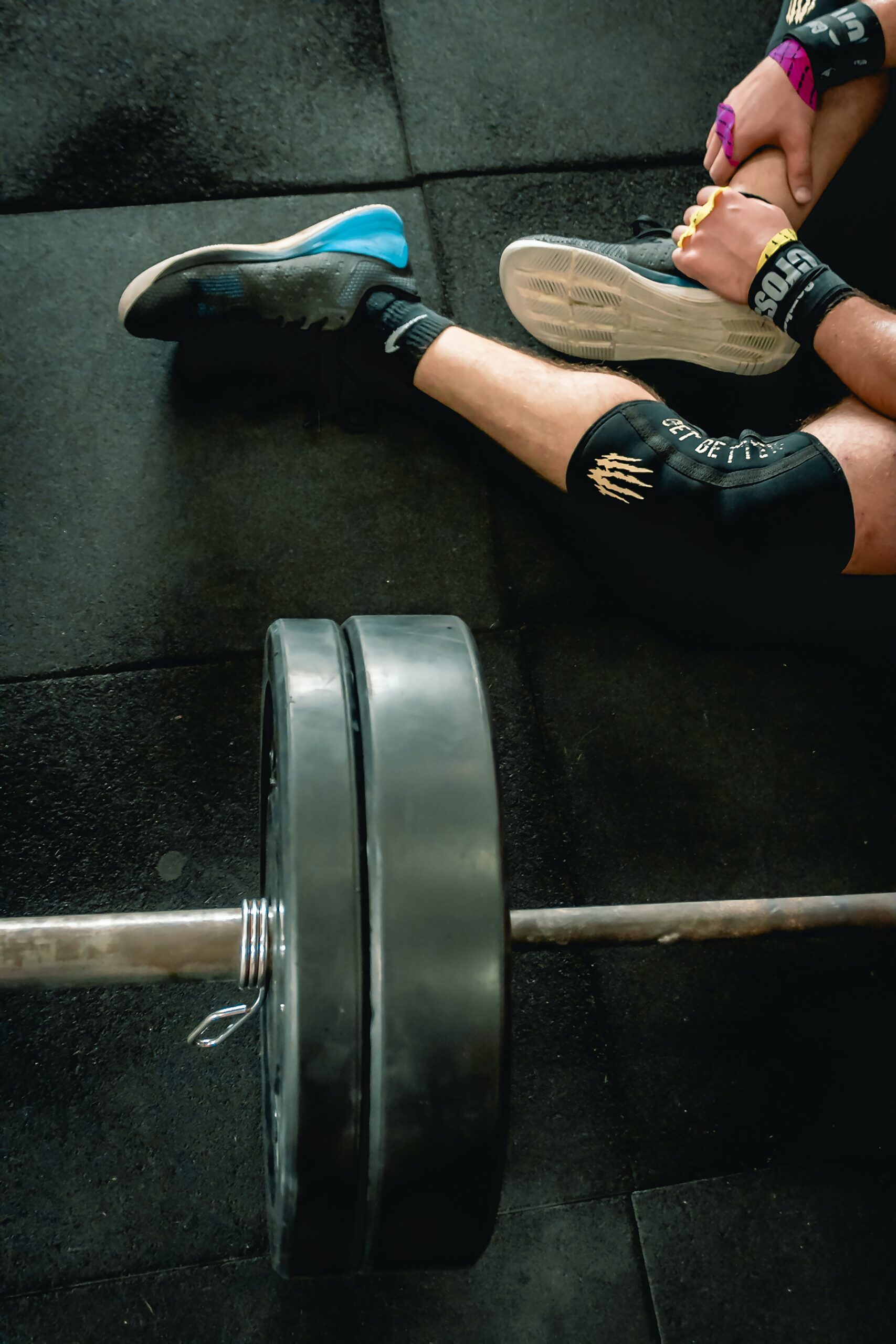
“Defying the odds and pushing beyond limitations, welcome to the world of High-Intensity Interval Training hiit workout with Foot Injury ! Whether you’re recovering from a recent setback or dealing with a persistent ailment, this tailored HIIT workout is designed to empower you on your journey to strength, resilience, and well-being. Today, we embark on a transformational experience that proves that even with a temporary challenge, our determination knows no bounds. So, let’s lace up our spirits, embrace the power of adaptability, and unlock our full potential in this invigorating and modified HIIT session. Together, we’ll demonstrate that obstacles are merely stepping stones on the path to greatness!”
Understanding Foot Injuries
Foot injuries, whether caused by accidents or overuse, can be debilitating and painful. These injuries can greatly impact one’s ability to maintain an active lifestyle, including participating in high-intensity interval training (HIIT) workouts. However, with the right modifications and precautions, individuals with foot injuries can still enjoy the many benefits of a low-impact HIIT workout routine.
Benefits of Low-Impact HIIT Workouts
Low-impact HIIT workouts offer a great alternative for individuals with foot injuries who still want to engage in a challenging and effective workout routine. Here are some key benefits of incorporating low-impact HIIT workouts into your fitness routine:
- Cardiovascular Endurance: HIIT workouts are known for their ability to increase cardiovascular endurance. By engaging in low-impact exercises, you can still get your heart rate up and improve your cardiovascular health without putting excessive strain on your injured foot.
- Weight Management: HIIT workouts are highly effective for weight management due to their calorie-burning nature. Even with low-impact modifications, you can still burn a significant amount of calories and maintain a healthy weight.
- Muscle Strengthening: HIIT workouts target multiple muscle groups and help build strength and tone the body. With low-impact exercises, you can still engage in muscle-strengthening movements without aggravating your foot injury.
- Time Efficiency: HIIT workouts are known for their short duration but high-intensity nature. By incorporating low-impact exercises into your routine, you can still benefit from a time-efficient workout that fits into your busy schedule.
Designing a Low-Impact HIIT Routine for Foot Injuries

When designing a low-impact HIIT routine for foot injuries, it’s important to choose exercises that minimize impact on the feet while still providing a challenging workout. Here are some exercises to consider:
- Stationary Cycling: Cycling on a stationary bike is a low-impact exercise that provides an excellent cardiovascular workout. Adjust the resistance and speed to increase the intensity and simulate a HIIT workout.
- Swimming or Aqua Aerobics: Water-based exercises are gentle on the joints and offer natural resistance for a full-body workout. Consider swimming or joining an aqua aerobics class for a low-impact, high-intensity workout option.
- Upper Body Exercises: Incorporate upper body exercises like push-ups, shoulder presses, and planks into your routine. These movements engage the upper body and core muscles without stressing your injured foot.
- Chair or Mat-based Exercises: Chair or mat-based exercises, such as seated leg raises, seated bicycle kicks, or modified burpees, can be effective in engaging multiple muscle groups while minimizing impact on the feet.
Tips for a Safe and Effective Low-Impact HIIT Workout
When engaging in a low-impact HIIT workout routine with a foot injury, it’s crucial to prioritize safety and listen to your body. Here are some tips to ensure a safe and effective workout:
- Consult with a healthcare professional: Before starting any exercise routine, especially with an injury, it’s essential to consult with a healthcare professional to determine the appropriate level of activity and exercises for your specific foot injury.
- Warm-up and cool-down: Always begin your workout with a proper warm-up to prepare your body for exercise and end with a cool-down to gradually bring your heart rate back to normal. This helps prevent additional strain on your injured foot.
- Modify exercises to suit your needs: If a specific exercise causes discomfort or pain, modify it or choose an alternative exercise that works the same muscle groups. Listen to your body and stay within your comfort level.
- Focus on proper form: Pay attention to your form during each exercise to ensure proper alignment and reduce the risk of further injury. Engaging the correct muscles and maintaining good posture is crucial for an effective workout.
- Gradually increase intensity: Start with lower intensity exercises and gradually increase the intensity as your foot injury heals. Avoid pushing yourself too hard too soon, as it can hinder the healing process.
Recovering from Foot Injuries
Recovering from foot injuries requires patience and proper care. Along with low-impact HIIT workouts, it’s important to follow these additional recovery tips:
- Rest: Give your injured foot adequate rest to allow it to heal properly. Avoid putting excessive weight or pressure on the injured foot during workouts or daily activities.
- Ice and elevate: Apply ice packs to the injured area for 15-20 minutes several times a day to reduce swelling. Elevate your foot when resting to further alleviate swelling and promote healing.
- Seek professional care: If your foot injury does not improve or worsens despite taking precautions, consult with a healthcare professional for further evaluation and treatment options.
- Gradual return to high-impact activities: Once your foot injury has healed, gradually reintroduce high-impact activities into your routine. Begin with low-intensity exercises and gradually increase intensity to avoid re-injury.
Foot injuries do not have to halt your fitness journey. By incorporating low-impact exercises into a HIIT workout routine, individuals with foot injuries can still experience the benefits of a challenging and effective workout. Remember to always prioritize safety, listen to your body, and consult with a healthcare professional to ensure a safe and successful recovery. Stay motivated and committed to your fitness goals, knowing that with the right modifications, you can achieve them while taking care of your injured foot.



